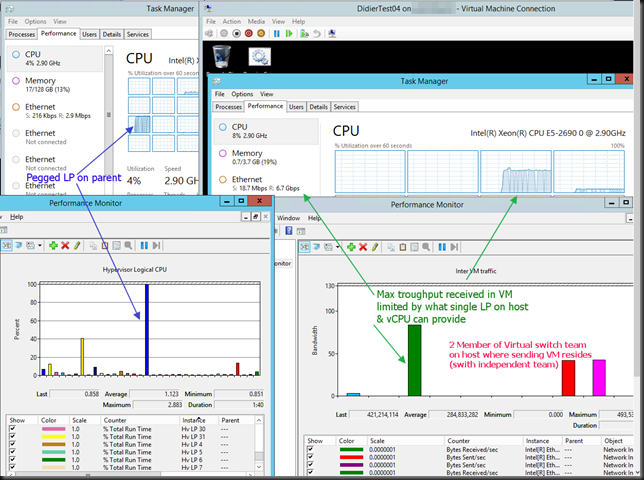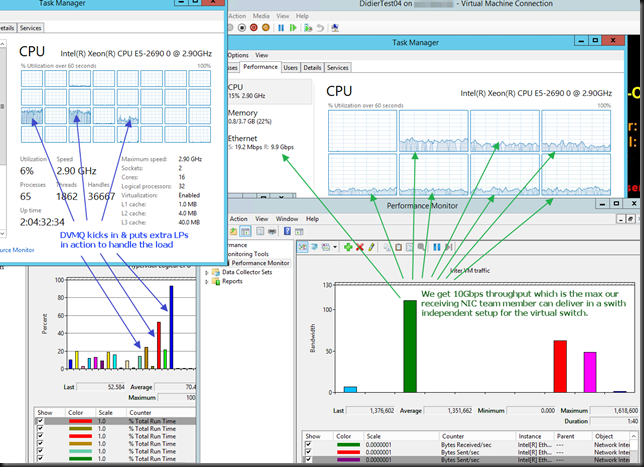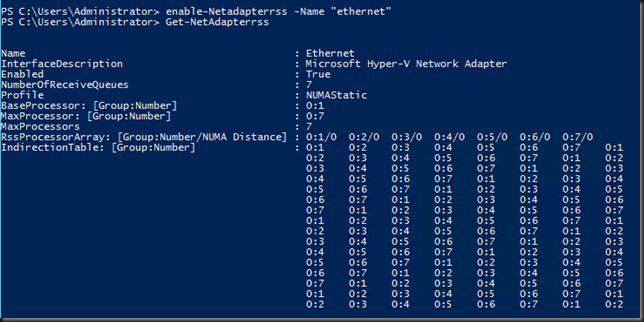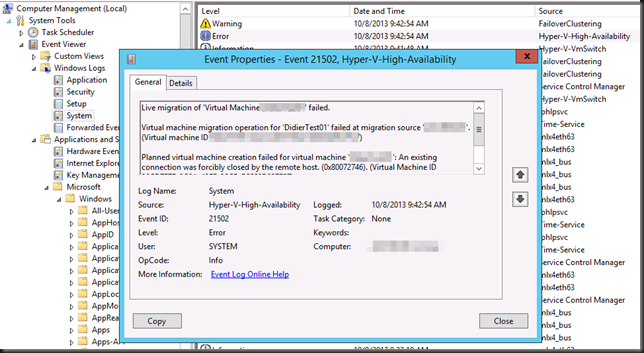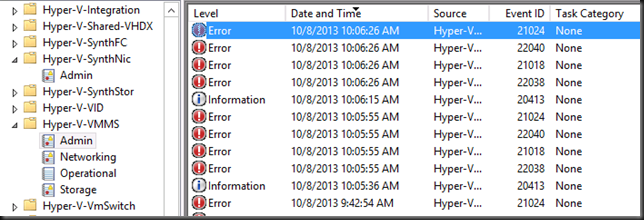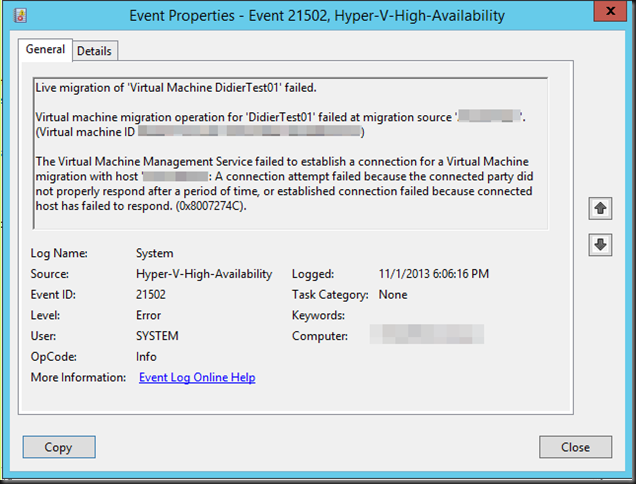Could you give us your opinion on this?
Lately people, managers, have asked me to give advice or at least my opinion on how to organize & manage IT. In the broad sense of the term. Infrastructure, software, services, support, on premise, cloud, data protection, security … “Just think about it a bit”.
That question “Could you give us your opinion on this?” is a hard one for me. I could say “read my blog”, the non technical posts. But my opinion is often too high level and they don’t they actually want that. They want a solution. And it’s not that I don’t think about it or don’t have an opinion. But I can’t focus on areas out of my expertise, my control and priorities.
Basically I cannot help them. Not because I’m that stupid or the matter is beyond our control. It’s because the way managers and organizations think is getting more and faster obsolete by the day.
The Issue
Our world, both privately and work related, is becoming more and more connected every day. That means there is a tremendous amount of input, leading to an ever continuing increase of permutations of ever more variables that come in to play. In short, complexity is on the rise at an enormous rate and will overwhelm us. Even worse is that this complexity only shows itself after things have gone wrong. That’s bad but, that also means there are probably many more relationships of cause and effect that haven’t even shown themselves yet. That kind of sounds like a time bomb.
How do you deal with this? Not in the way so many are asking for. And I’m not here to tell my managers or customers what they want to hear. I’m in the business of telling them what they need to hear as I deal in results, not services or studies. More often than not they are looking for processes and methodologies to keep central control over planning, execution, operations and change. All this while the rug is literally pulled away under their feet. There’s the problem.
Situations, technologies, solutions, frameworks, processes all have a time limited value that’s becoming shorter. So the idea that you can plan and control for many years ahead is obsolete in many areas in our ecosystem. There are just to many moving parts, that are changing too fast. So how do we manage this? What kind of leadership do you need? Well there is no easy answer.
How do I deal with this?
Personally I deal with this by working, collaborating & cooperating in a network, in “the community”. My insights, knowledge, help and support come from my network. Some of my colleagues, the contractors and consultants we hire are in that network. A lot of colleagues are not. Most managers are not. Why is that? They are stuck in a hierarchal world of centralized command and control that is failing them fast. At best they achieve good results, but very slow and at a very high expense. We can only hope that the results also don’t turn out bad. They want procedures & processes. Predictability & consistency but I deal with complexity in wide area of expertise that cannot readily be put into manuals and documentation. Not in a timely fashion. I’m in a dog fight (insert “Top Gun” theme). The processes & logistics provide the platform. Learn where procedures & methodologies work and where they’ll kill you. The knowledge and the skills we need are a living thing that feeds on a networked collective and are very much in flux. I’m so much more better skilled and effective at my job through participating my global community than I can be tied into the confines of my current workplace they’d be mad not to leverage that, let alone prevent me from doing so. You can’t do it alone or in isolation.
An example
Yesterday was an extreme example in a busy week. I started work at 05:30 AM yesterday to set up a testing environment for questions I needed answered by a vendor who leverages the community at large. That’s required some extra work in the datacenter that I could have done by a colleague that was there today because I found out in time. I went to the office at 08:30. I worked all day on an important piece of work I mentioned in my network and was alerted to a potential issue. That led to knowledge sharing & testing. Meaning we could prevent that very potential issue and meanwhile we’re both learning. I went home at 18:30, dinner & testing. I was attending an MVP web cast at 20:00 PM till 21:00 PM learning new & better ways to trouble shoot clusters. I got a call at 19:10PM of a mate in Switzerland who’s running into SAN issues and I helped him out with the two most possible causes of this through my experience with SANs and that brand of HP SAN. We did some more testing & research until 22:00 after which I wrote this blog up.
We don’t get paid for this. This is true mutual beneficial cooperation. We don’t benefit directly and it’s not “our problem” or job goal. But oh boy do we learn and grow together and in such help each other and our employers/customers. It’s a true long term investment that pays of day by day the longer you are active in the community and network. But the thing is, I can’t put that into a process or manual. Any methodology that has to serve centralized command and control structure while dealing with agile subjects is bound to fail. Hence you see agile & scrum being abused to the level it’s just doing stuff without the benefits.
Conclusion
This is just one small and personal example. Management and leadership will have to find ways of nurturing collaboration and cooperation beyond the boundaries of their control. The skillset and knowledge needed are not to be found in a corporate manual or in never ending in house meetings & committees. Knowledge gained has to flow to grow As such it flows both in an out of your organization. You’re delusional if you think you can stop that today and it’s not the same a leaking corporate secrets. Hierarchies & management based on rank and pay grades are going to fail. And if those managers in higher pay grades can’t make the organization thrive in this ever more connected, faster moving world, they might not be worth that pay grade.
I assure you that employees and consultants who live in the networked global community will quickly figure out if an organization can handle this. They will not and should not do their managers job. In fact they are already doing managers areal big favor by working and operating the way they do. They are leading at their level, they are leveraging their networks and getting the job done. They are taking responsibilities, they solve problems creatively and get results. It just doesn’t fit easily in an obsolete model of neatly documented procedures in a centralized command and control structure. They don’t need a manager for that, they need one that will make it possible to thrive in that ultra-connected ever changing fast paced world. Facilitate, stimulate and reward learning and taking responsibilities, not hierarchies. That way all people in your organization will lead or at least contribute to the best of their ability. You’ll need to trust them for that to work. If you don’t trust them, fine, but act upon it. Letting people you don’t trust work for and with you doesn’t work.
How to do this is a managers & leaders challenge. Not mine. I know when I’m out of my depth or when not to engage. The grand visions, the strategic play of a company is their responsibility. Getting results & moving forward will come from your perpetually learning, and engaged workforce, if you don’t mess it up. And yes, that is your responsibility. Cultures are cultivated by definition. So if the culture of the company is to blame for things going south, realize you’re the ones supposed to make it a good one. People don’t leave organizations, they leave managers 😉 And to paraphrase the words of Walt Disney … you’re in a world of hurt if they leave you but stay at their desk and on the pay roll. It’s called mediocrity, which also serves a purpose, providing commodities & cookie template services whilst letting others shine. But if you want to be a thriving, highly skilled, expertise driven center of excellence … it’s going to take lot of hard and sustained work and it’s not a one way street.

